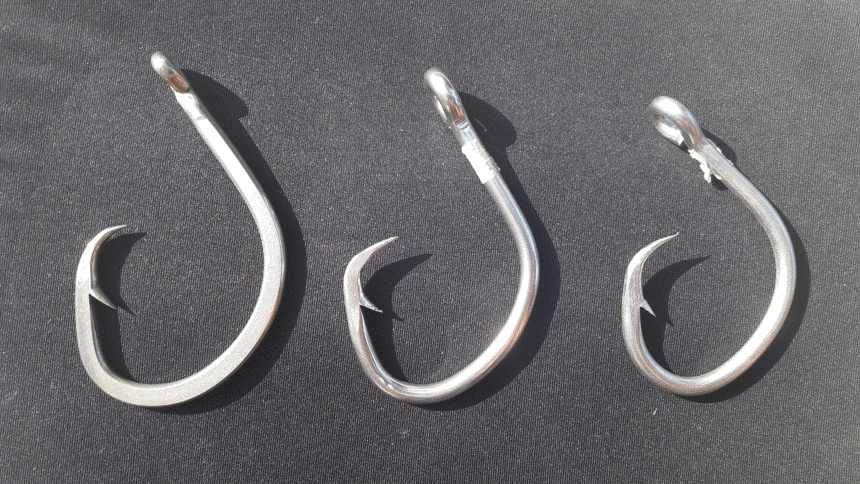Incidental capture of sea turtles in pelagic and coastal fisheries (also called bycatch) is arguably the greatest threat to sea turtles worldwide. Yet, until recently, there was practically no information regarding sea turtle interactions with longline fisheries in the southwestern Atlantic Ocean. The first studies about this topic were made public by Uruguayan researchers in 1998, the same year that Brazilian researchers presented a report about the incidental capture of loggerhead turtles by longline vessels in Brazil. Although the government insisted that incidental capture was very low, Brazilian NGOs such as Projeto TAMAR asserted the opposite.
Read MoreIn Uruguay, the threat of plastic pollution looms large in an area considered to be an important foraging and developmental habitat for sea turtles in the southwestern Atlantic Ocean. In recent years, NGO Karumbé has focused in on the issue of plastic pollution through strong community engagement programs designed to embed conservation ethics in the Uruguayan people.
Read MoreIt is seven o’clock in the morning, and we are on an old wooden pier in a mangrove swamp on the south coast of Bahia, Brazil. After a night spent on a bus, our group boards two traditional fishing boats heading to Coroa Vermelha Island, a coral reef 13 kilometers offshore. Students of veterinary medicine and biology, journalists, an economist, an architect, a sales representative, and a retiree. Our shared goal is to capture juvenile green turtles, looking for signs of an all-too-common disease.
Read MoreWhen TAMAR started monitoring Itapuã beach in 1990, staff had to relocate nearly all nests to ensure that hatchlings would survive. Thanks to years of working with local stakeholders, coordinated social media campaigns, and public outreach. In the ensuing years, enhanced local participation in the protection efforts made it possible to increase in situ protection of nests from only 3 nests to 140 over the course of nearly 3 decades.
Read MoreTEDs are a simple but elegant solution for minimizing sea turtle bycatch in trawl fisheries. As such, they are now mandated by many governments around the world and their use is enforced. However, Europe, which is the largest market for fisheries products in the world, has no such regulation and provides an alternative market for countries that do not use TEDs.
Read MoreThe East Pacific population of the leatherback is one of the world’s most threatened marine turtle regional management units, due in large part to bycatch of leatherbacks in foraging grounds. There may now be fewer than 1,000 adult females in this population owing to a combination of fisheries bycatch, egg harvesting, and other threats. As such, an expert working group was assembled to develop a 10-year regional action plan to halt and reverse the decline of the East Pacific leatherback turtle.
Read MoreThe Wayuu, of northern South America, consider themselves to be the protectors and custodians of an ancient culture based on maintaining a harmonious alliance with nature. Like many other indigenous groups around the world, the Wayuu revere turtles to this day for their spiritual and cultural values and as a source of food, medicine, and other products that are crucial to their daily lives.
Read MoreMost knowledge about sea turtles and their biology has been obtained from studies of adult females on nesting beaches. Studying male sea turtles across the globe is vital to better understanding important aspects of their biology and ecology.
Read More









